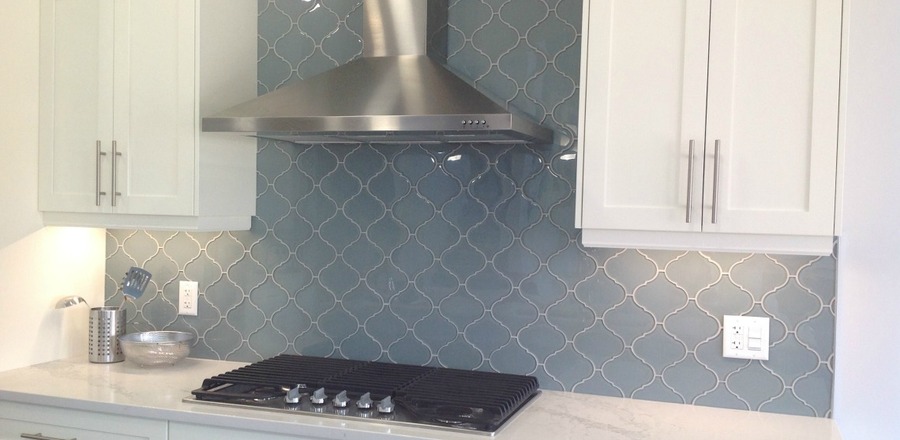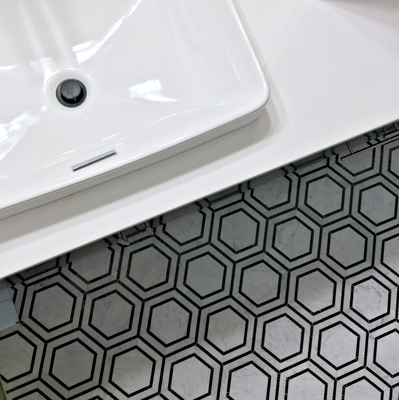Tile is a wonderful material - it's beautiful, durable and long lasting. Our friend Donna over at Bobvilla wrote a fantastic article that we wanted to share with you about how to clean and take care of the grout in your home!
Tile is generally easy to clean, but cleaning grout? That’s a different story. Because of its (typically) light coloring and porous composition, grout is prone to staining. In a tiled entry or mudroom, dirt and grime are the usual culprits, while in the kitchen; spills are more likely to blame. Soap, mold, and mildew meanwhile make it difficult to maintain clean grout in bathrooms. Fortunately, white grout is possible using only common household products and a bit of elbow grease—and this complete guide for how to clean grout.
With any cleaning project, it’s always best to start off with the mildest cleaning solution. When in doubt about a grout cleaner, test it in a hidden spot—on the lines behind or under an appliance, for example.
The following suggestions for cleaning grout are ranked from the mildest to the strongest:
• The best way to begin is with plain water and a stiff-bristled brush. (If you don’t have one already, most home centers and hardware stores carry an assortment of brushes specifically designed for the purpose of cleaning grout.) Simply spray warm water on the grout lines and scrub in a circular motion, then let dry.
• For heavier dirt and mild stains, turn to vinegar, a trusty old standby for many household chores. Fill a spray bottle with a half-and-half solution of vinegar and warm water. Spray on the grout, let it stand for five minutes, and then scrub with a stiff brush.
• To bring even more cleaning power to the party, cover grout lines with a paste of baking soda and water, and then spray on the vinegar solution listed above. Once the mixture stops foaming, scrub with a brush and rinse with plain water.
• Moderate stains may require you to use hydrogen peroxide, which is available in most drug stores. You can use the product straight, or apply a paste made from baking soda and hydrogen peroxide.
• For tougher stains and really grimy grout, use oxygen bleach as a grout cleaner. You’ll find this cleanser is most often sold in powdered form; best-selling brands include OxiClean, Clorox OxiMagic, and Biokleen Oxygen Bleach Plus. Whatever product you choose to clean grout, make sure the area is well-ventilated then carefully read and follow the manufacturer’s directions for application. Generally, you will want to let the oxygen bleach solution work for 10 or 15 minutes before rinsing. Always rinse with clean water so that the dirt doesn’t resettle into the grout lines.
• Chlorine bleach and commercial cleansers can be used sparingly in extreme cases to clean grout. One of my go-to products when all else fails is Clorox Clean-Up spray. Long-term use of caustic cleaners will erode grout, though, so these products should be used on a limited basis.
• Steam cleaners can be an effective and environmentally-friendly method of cleaning grout—or, for that matter, many hard surfaces throughout the house. Bissell, Oreck, and Hooverall make steam cleaners for residential use.
To keep your grout clean and stain-free, it’s a good idea to spray it with vinegar and wipe it down once a week. You can also wipe grout with alcohol to keep mold and mildew at bay. In any case, just a few spritzes and wipes a week can save you a lot of time and effort cleaning, preserving the attractive appearance of your home in the process!
Good luck and happy Spring Cleaning!




